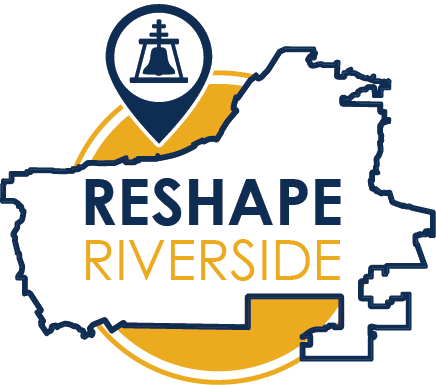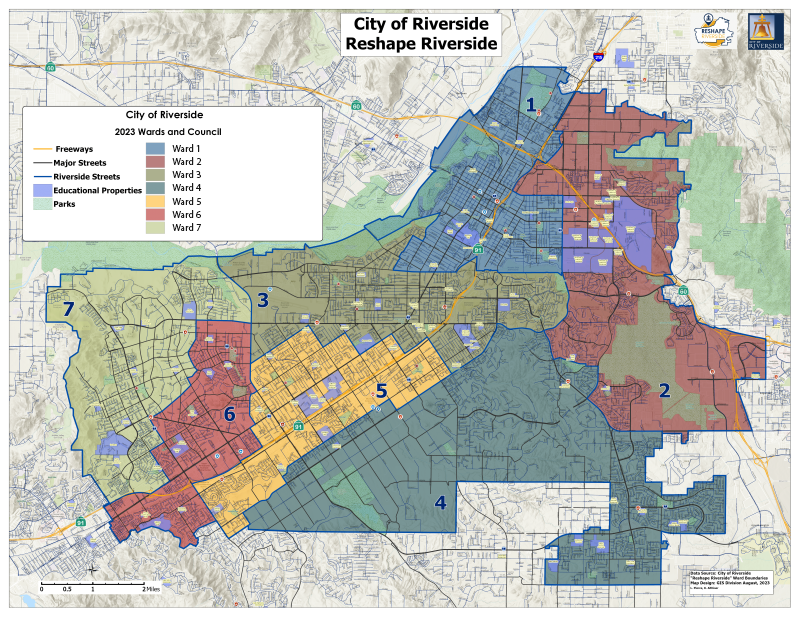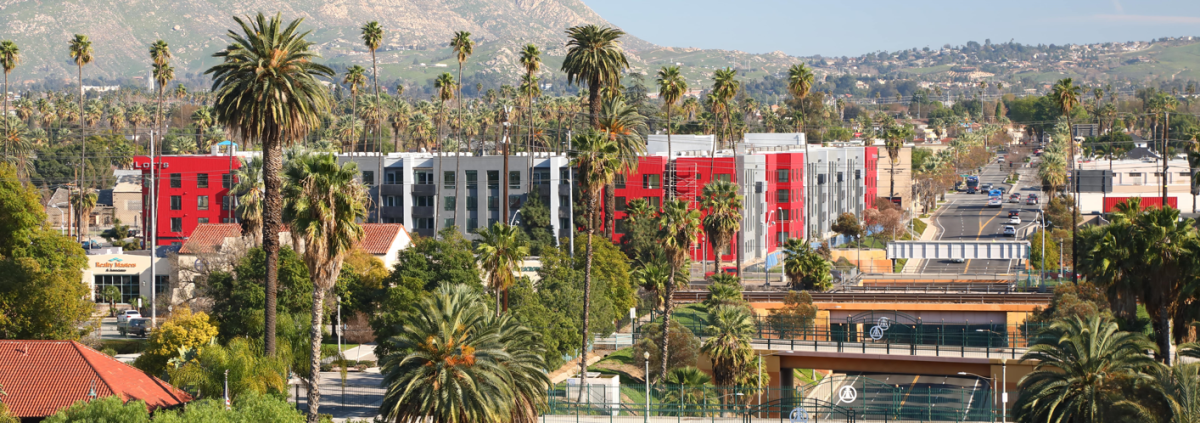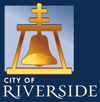
CITY OF RIVERSIDE REDISTRICTING
Every 10 years, after the U.S. Census, local governments use new U.S. Census data to consider whether there is a need to redraw ward lines to reflect how local populations have changed. With the demographic data from the U.S. Census, the City is required to publicly review these boundaries and consider whether to adjust them.
THE FINAL MAP
The final Ward Boundary Plan, adopted by Riverside City Council on June 13, 2023, will go into effect in the 2024 elections (Ward 1, 3, 5, 7) and in the 2026 elections (Ward 2, 4, 6). These ward boundaries will be in place until the next redistricting in 2031.

As a result of the new Ward Boundary Plan, some voters may find themselves moved from an odd to an even-numbered ward. Those voters will be deferred from voting in a city council race until 2026.
Conversely, if you were moved from an even to an odd-numbered ward, you will be able to vote for your city council member two years sooner. These residents are referred to as accelerated voters.
Accelerations & Deferrals Map Ward Boundaries Comparison Map

FAQ
Every ten years, wards must be redrawn so that each ward is substantially equal in population. This process, called redistricting, is important in ensuring that each councilmember represents about the same number of constituents. In Riverside, the City is responsible for drawing council wards and the redistricting process. Redistricting determines which neighborhoods and communities are grouped together into a ward for purposes of electing a councilmember.
To the extent practicable, ward lines were adopted using the following criteria: (1) geographically contiguous wards (each council ward should share a common border with the next), (2) the geographic integrity of local neighborhoods or communities shall be respected in a manner that minimizes its division, (3) geographic integrity of a city shall be respected in a manner that minimizes its division, (4) easily identifiable boundaries that follow natural or artificial barriers (rivers, streets, highways, rail lines, etc.), and (5) lines shall be drawn to encourage geographic compactness. In addition, boundaries shall not be drawn for purposes of favoring or discriminating against a political party.
City Council adopted the final Ward Boundary Plan (Ordinance No. O-7636) on June 13, 2023, and the new ward boundaries will go into effect in the 2024 (odd wards) and 2026 (even wards) elections. These ward boundaries will be in place until the next redistricting in 2031.
No, the redistricting process aims to ensure fair and equal representation for all residents. While ward boundaries may change, the purpose is to evenly distribute the population and provide equal opportunities for residents to vote for their representatives and advocate for themselves and their communities.
The new Ward Boundary Plan closely followed federal and state laws to ensure residents are fairly represented. Preserving existing neighborhoods and communities of interest was a significant focal point for establishing the new boundaries. Sixteen (16) neighborhoods were kept together and eleven (11) were split (with a slight split in the Grand neighborhood due to an unusual census block), and the map creates four (4) Majority Minority wards in Wards 1, 5, 6, and 7. View Map
Shifting populations into different wards is a common occurrence during redistricting to ensure each ward is relatively equal in size. The new Ward Boundary map has affected approximately 50,540 residents.
Odd-numbered ward elections will be held during presidential elections, and even-numbered wards will be held during the gubernatorial elections. This means that the elections for wards 1, 3, 5, and 7 will be conducted in 2024, and wards 2, 4 and 6 will be conducted in 2026. Current City Council members in odd-numbered districts were elected in 2019.
As a result of the new Ward Boundary Plan, some voters may find themselves moved from an odd to an even-numbered ward. Those voters will be deferred from voting in a city council race until 2026. Deferments are inevitable in the redistricting process, and this only impacts the city council races. The City Council did attempt to create a map and number wards that cause as few voters as possible to become deferred while ensuring the new map was compliant with the Voting Rights Act and the FAIR MAPS Act.
Conversely, if you were moved from an even to an odd-numbered ward, you will be able to vote for your city council member two years sooner. These residents are referred to as accelerated voters.
To access the online mapping tool and create draft maps use DistrictR
The City maintains a webpage on the City’s redistricting process here: www.riversideca.gov/reshaperiverside
